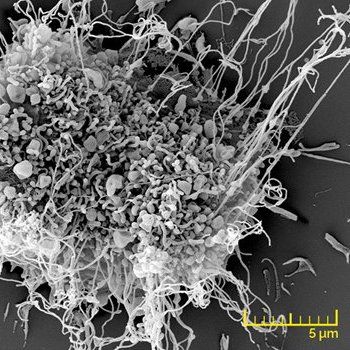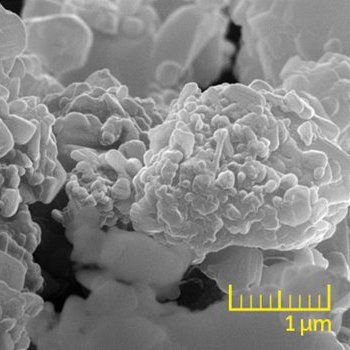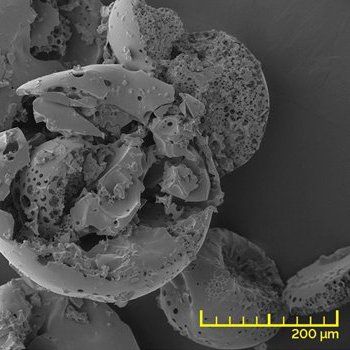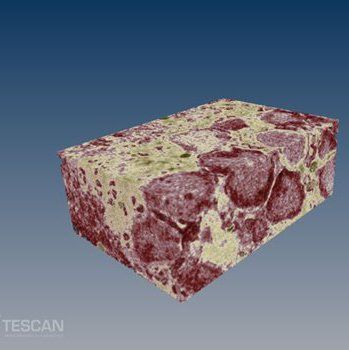Life sciences
Scanning electron microscopy (SEM) has become an integral technology in biotechnology, life sciences and medical science research. Recent investigations of cell morphology, development of biocompatible materials, tissue engineering research, microbiology and many more heavily rely on advanced SEM imaging techniques. TESCAN develops and manufactures state-of-the-art electron microscopy solutions customised to every life science application. The broad range of dedicated instrumentation helps scientists and researchers in all fields to make stunning discoveries and move science forward.
Biomedical engineering
Biomedical engineering is one of the fastest growing research areas. It combines the latest concepts from medicine, biotechnology and engineering for designing a variety of technologies such as support matrices for cell growth, artificial tissue and implantable biomedical devices.
Cell and Tissues Morphology
Cell membrane functions as a protection layer of the intracellular environment and together with cytoskeleton defines the outer shape of a cell.
Microbiology
Microbial biofilms have been playing a major role in many processes such as infection, disease spreading and resistance to antibiotics.
Pharmaceuticals
Electron microscopy plays an integral role in research and development of new drug formulations. Structure, particle size, porosity and presence of contaminants have been responsible for the final activity of the drug.
Plant and Animal Biology
High resolution and large depth of focus makes SEM a great method for observing topography of biological samples, such as animal and plant fossils, bones, insects, plants and even small animals.
Subcellular analysis
Subcellular analysis provides information hidden under the surface of cells and tissue. Typically this area of research has been a domain of transmission electron microscopy. However, SEM technology is becoming more popular in this field, due to emerging techniques available with scanning electron microscopy solutions.
Environmental and Food Sciences
Recently, environmental science has become one of the fastest growing life science disciplines.































